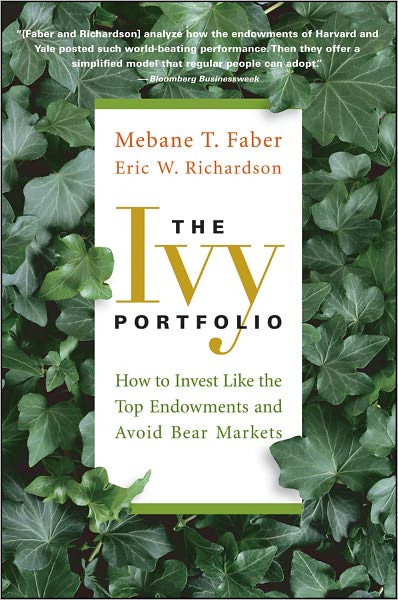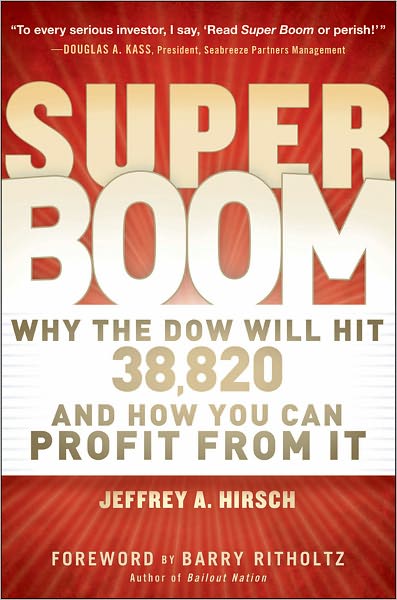Segmenting to Make Better Decisions
This post was stimulated by this academic research piece: When Smaller Menus Are Better: Variability in Menu-Setting Ability.? The truth is, we do best in choosing between a limited menu of options.? Let me give you an example.
For a while, my wife asked me if we could replace our living room furniture.? Trying to be frugal while starting up my business, I showed her some items from Ikea, and she said yes, but I could not replace the recliner at Ikea.
So, after a month, she asked about the recliner.? I did a little searching and went to La-Z-Boy.? (Note: she uses the recliner most.)? I looked around the place and had three thoughts:
- Low price
- Reclines the way she likes.
- Fabrics/colors that I know she likes.
Those criteria enabled me to narrow down the field to two recliners, and a field of six or so “maybes.”? I know my wife pretty well; she trusts me in purchases that many wives would not let their husbands touch.? But for something she uses so much, I took her to the store, along with our youngest (who got a kick out of playing with the electronic recliners).? I took her to the two recliners.? She oohed over them and sat in both.? She liked the fabric better in one, and the comfort of the other.? She tentatively chose the latter, and went on to look at other recliners. As she went on, she said that she wasn’t finding anything that she really liked.? We ended up buying the second chair.? It’s at home now, and she likes it.? Score one more for the husband.
The key to my success was winnowing down the choices.? There were over 100 recliners at the store. But by eliminating options that I knew would not work, I came to solutions that would save my wife time, while making the decision truly hers.
-=-=-=-=-=-==–=-==–==–=-=-=
Now let’s talk about 401(k) and mutual fund investing, and asset allocation more generally.? There are more investments out there than there are recliners.? How to wade through the mess?
The first thing is to set the asset allocation.? How much stocks, bonds, commodities, and cash?? Look at your age and future needs, but look at the markets as well.? If the market is dirt cheap and you are 70, it may be time to move to 80% equities.? If the market is rich, and you are 30, it may be time to move to 20% equities.? Those are extreme moves, but I am trying to point out that when risk assets are rich or cheap, it is time to adjust holdings.
After that comes questions of:
- how much foreign/emerging exposure you want in stocks and bonds
- active vs passive — look at any active manager and try to ask whether he isn’t a closet indexer, or worse.
- large vs mid vs small capitalization
- value vs growth
That list is roughly in order of importance.? Now, for 401(k) plans, or working through a single mutual fund company, going through it this way will enable you to narrow down the field so that you are able to make comparisons against similar funds, making the comparisons relatively simple.
That’s the outline — implementing this takes some work, but the process is more orderly, and likely to yield better results.





